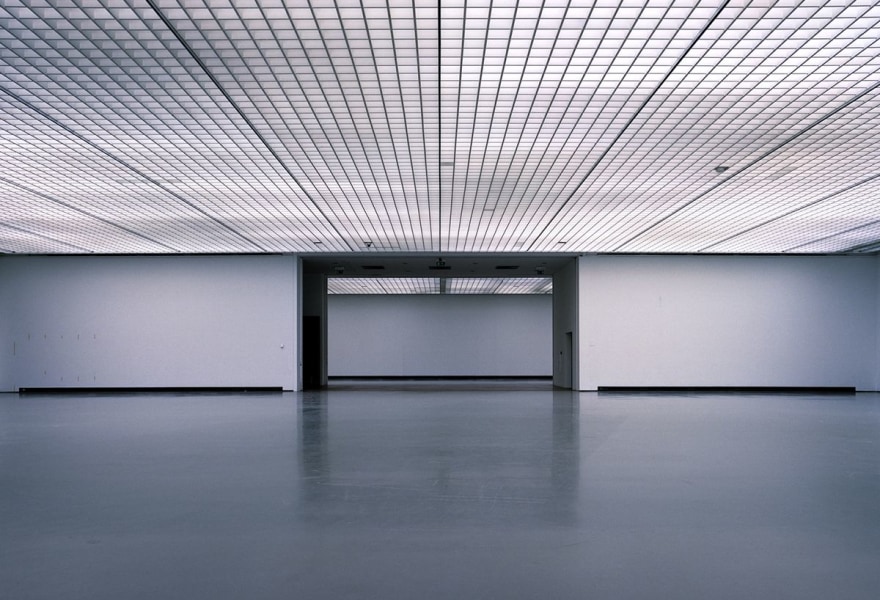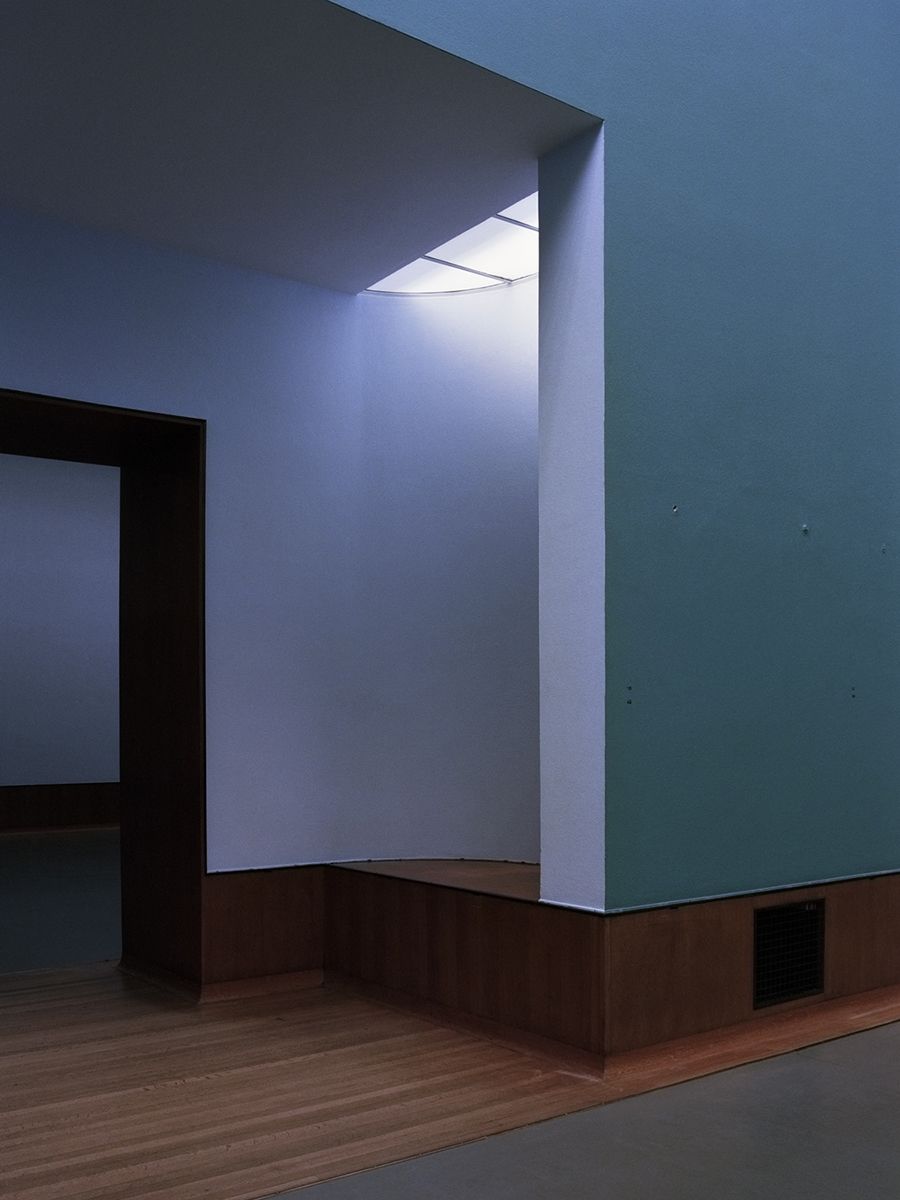08 october 2020, Flor Linckens
A museum with empty walls
In the new gallery space of Galerie Caroline O'Breen, the solo exhibition "Twilight Zone, Museum Boijmans Van Beuningen" by Satijn Panyigay will open on 24 October. In this exhibition, Panyigay takes us on an exploration of an empty Boijmans van Beuningen. She shows us that the museum is more than a series of white backdrops. How do the spaces in which we look at art influence the ways in which we experience art?
We have previously discussed how the white walls of galleries and museums are far from neutral (read the article).Museums are in fact never neutral places: what you see in a museum is largely determined by people who have had power throughout history, which means that you see a lot of art by white people and specifically: men. This is also reflected in what is portrayed in the art itself, which, certainly in figurative art, has long been characterised by the "male gaze", racism, orientalism and exoticism. This is not a new problem: the Guerilla Girls have been asking us for 35 years why women are underrepresented in museums and galleries. It is also not a dated problem, according to the success of the critical video clip 'Apeshit' (2018) by Beyoncé and the Dutch podcast 'Naakt op een Kleedje’ (‘Naked on a rug’), a name that refers to the disappointing fact that women are still just as likely to be shown naked in a museum as they are likely to be represented there as an artist. The BLM movement reminds us to work even harder on representation and decolonisation in cultural institutions: both on the wall and in the administration. Museums are increasingly recognising that they have an important role in society, in addition to their art-historical role. Museum Boijmans van Beuningen has also been working on that in recent years, which is reflected in, among other things, their social media strategy.
In 2000, American journalist Charles Jencks described in The Art Newspaper how museums, with their iconic buildings, super star artists and mega collections, are increasingly resembling cathedrals, in which art takes on an almost sacred function. But what is left of that when the walls are empty? In this exhibition in Galerie Caroline O'Breen, Satijn Panyigay invites us to look at the characteristic and recognisable empty spaces of Museum Boijmans Van Beuningen. She was allowed to capture the museum in 2019, just before the museum closed its doors for seven years for a renovation. Boijmans has been located in the building for 85 years, so the walls breathe a certain history. Panyigay shows us a side of the museum that few people have seen: with bare walls that radiate almost something fragile because you know they shouldn't be empty. That creates a certain tension, because what is a museum without art? The photos are part of a larger project in which Panyigay captures famous Dutch contemporary art museums in this almost aimless period, in between exhibitions. She previously recorded the Kröller-Müller Museum this way. She shows us a museum without art and without visitors, in which the museum seems to lack function and perhaps even authority.
In her photos of Boijmans van Beuningen, you can only see a few traces of what was once on display: a single nail or discolouration on the wall. Panyigay asks you to allow your imagination to fill in the gaps. As in her other work, she proficiently plays with light and darkness, with a great sense of melancholy and, in Boijmans' case, perhaps even referring to the nostalgic feelings that people experience while seeing these photos, especially considering that a physical visit to the museum museum will be out of reach for so long. The background of the museum suddenly becomes the foreground. Panyigay says she is looking for a certain "presence" in this apparent emptiness, but what exactly is that presence, that essence, without art? Panyigay invites you to make your own interpretation.



